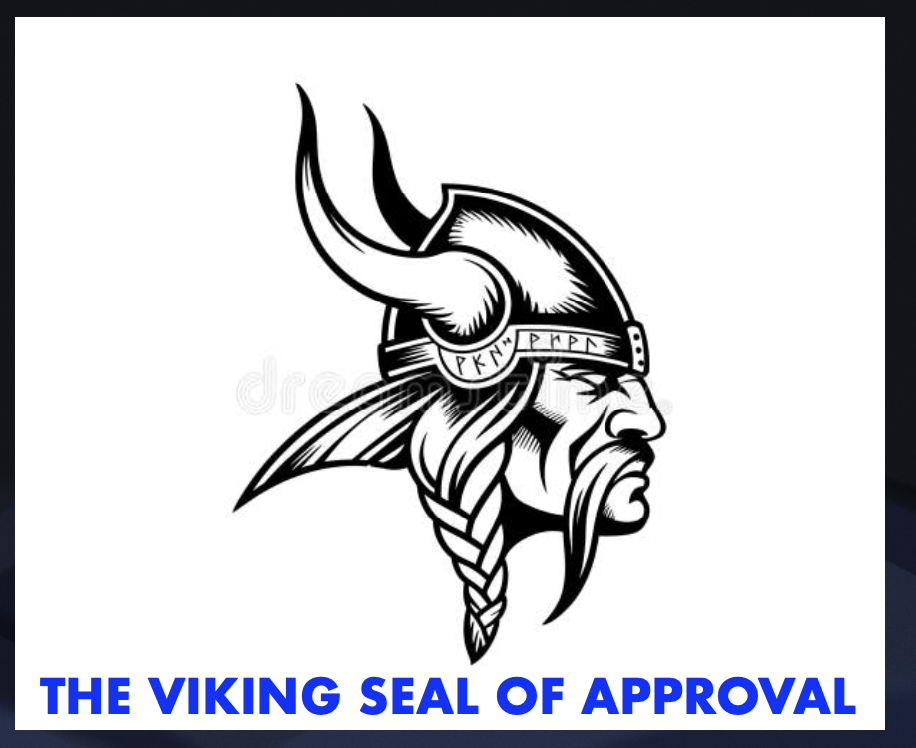Truth is stranger than fiction, which is what makes fiction such a comfort.
We often turn to fiction to escape, but so many of the novels I read turn on tangents so close to the life I lead. I read the echoes of my existence in many of these stories.

The Book of I by David Greig (Europa Editions, $24) is unlikely to remid you of your sputtering love life or your fellow proles dwelling in neighboring cubicles.
To start, the story takes place in 825. It may not look like it, but that’s a date — as in 825 A.D.
The main characters are a young monk, an aging Viking and a woman who makes mead that can change the course of history.
Since Grimur the Viking is a major character, you can expect a certain amount of pillaging and sword-wielding violence.
Yet the book is funny. I might even venture to say hilarious.
Reading it, I was reminded of a Coen Brothers film. I remember sitting in a theater lo those many years ago, watching Blood Simple. That was the first Coen film and I knew nothing of them. How well I recall my reaction. There was violence, followed by humor. Then those elements merged. The audience was perplexed, to find itself laughing at brutality.
There’s a lot of violence in The Book of I, but much hilarity ensues. It’s an intoxicating blend, a work of deft writing. No surprise the author, David Grieg, is a playwright, a man aware of the power of words.
The story is so well told.
The island of I (I think we’re to pronounce it ee) is a bleak place off the coast of northern Scotland. Today known as Iona, it’s in the inner Hebrides, and has long been famous for its abbey. It’s a spiritual place, y’understand?
Brother Martin, one of our three protagonists, is loweest on the totem pole among the monks.
When the Vikings arrive to do their pillaging, the monks are delighted, because they have been joyfully awaiting martyrdom. They get it, of course — the Vikings are nothing but thorough — killing all of the monks, save Brother Martin.
The Vikings don’t find and kill Martin because he has a supreme hiding place, lurking undernearth the rancid shit in the monk’s trough of excrement and urine..
While he hides there, Una, the mead-maker and beekeeper, is being assaulted for the last time by her husband. It’s the last time because Grimur the Viking happens upon the bickering couple and he severs the husband’s arms. However, Grimur is later knocked unconscious and his fellow Vikings bury him.
When the Vikings depart, the stench-covered Brother Martin happens upon the Grimur’s hastily-made burial spot — a hand reaching up throuhg the dirt is a dead giveaway — and digs him up.

Now liberated from her brutal husband, Una joins Grimur and Brother Martin to and form an alliance and begin to rebuild.
The book hits that high note that connects comedy and tragedy — again, much like the Coen Brothers.
Or maybe Coen Brother. Now that they are making films separately, we can see it’s Joel immersed in drama (he made The Tragedy of MacBeth) and Ethan who’s the funny one. He’s finished two entries in his Lesbian Trilogy (Drive-Away Dolls and Honey Don’t) and more fun no doubt awaits. The Book of I has that Ethan Coen tone.
Together, the Coens create an excellent blend of comedy and tragedy. This book matches that tone.
. . . . .
A couple of years ago, my sister-in-law had us all do the ancestry.com thing. My sibings and I all had a blend of Irish, Scottish and German blood.
But me? I had a whiff of Viking blood.

How did that happen? I well recall the aphorism that motherhood is fact and fatherhood is speculation.
Nonetheless, I am working to embrace my inner Viking and therefore award The Book of I my first Viking Seal of Approval.

